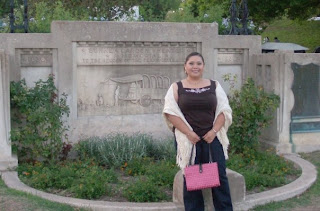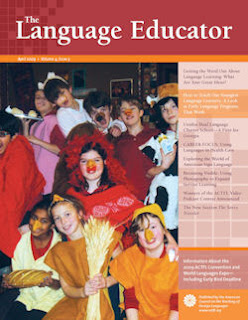Research: How to Build Community Partnerships (NYLC The Generator)

by Ann Abbott As always, the National Youth Leadership Council's newsletter, "The Generator," has very useful information about service learning in it. The Spring 2009 issue focuses on partnerships, and in this post I'd like to focus on the "Research" section written by Bjorn Lyngstad. Lyngstad's piece begins with a question: "How can partnerships best be developed to ensure the success of service-learning projects?" Frankly, in Spanish community service learning (CSL) I think we have it pretty easy. Our students need to develop their Spanish language skills and/or knowledge of Latino cultures. Our partners usually need our students' Spanish language skills to communicate with their stakeholders. That seems pretty easy to square up. The problem is that our students need to use Spanish to do something : answer phones, greet clients, tutor children/adults, help resolve issues (legal, financial, bureaucratic, etc.). So our students need knowle...













